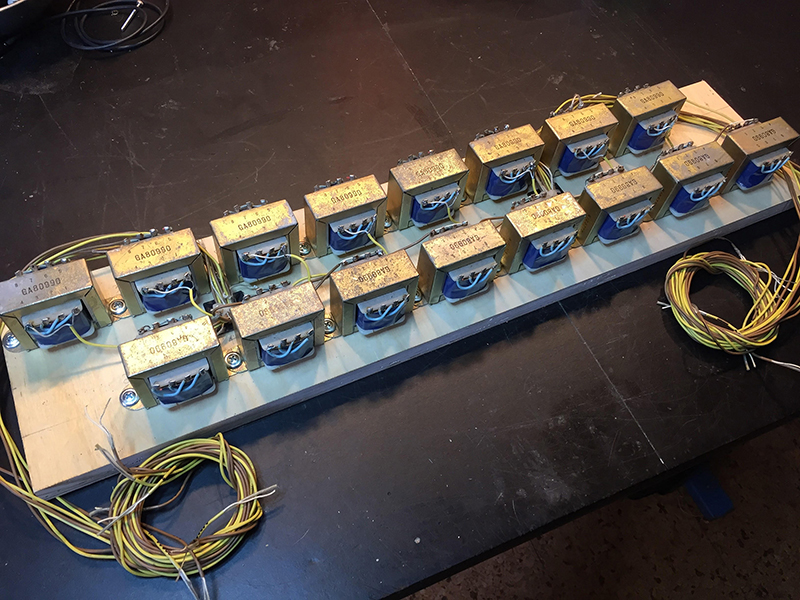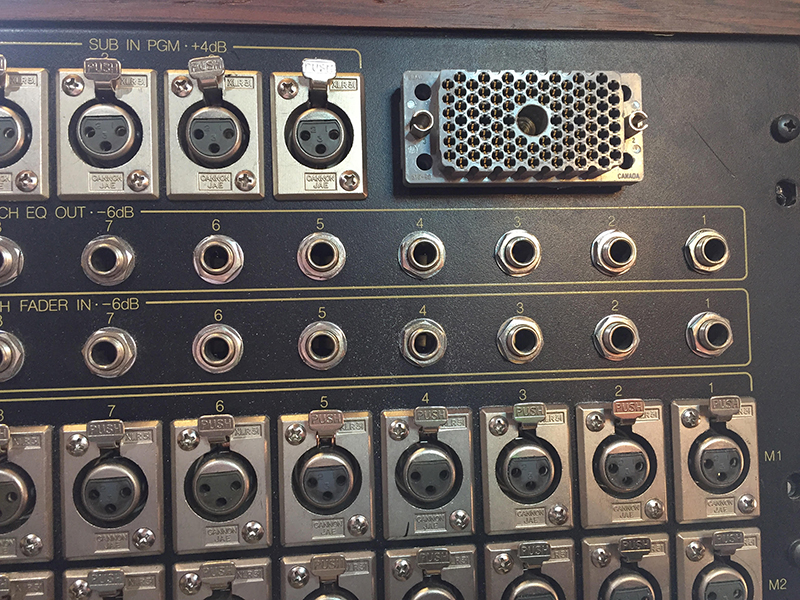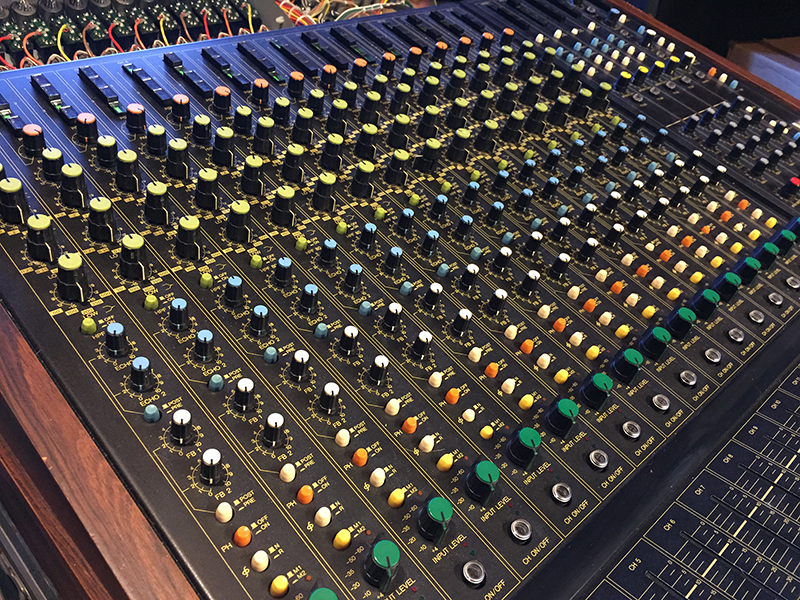During this modern era of digital mixing consoles, live sound engineers have access to “everything everywhere” as far as features are concerned. Not only are there six bands of fully parametric EQ and dual dynamic processing on well over 100 channels, we can “plug in” any type of virtual gear, vintage or modern, that we desire.
Why, then, do I spend my free time restoring huge analog consoles with low channel counts, no dynamics, and limited EQ? I derive great satisfaction from reverse engineering some unknown past engineer’s brilliant but outmoded work and re-purposing it for a second life. I enjoy resurrecting consoles that have been discarded but still have the potential to create unique, beautiful sounds.
A Second Life
My current obsession is a 16 x 4 sound reinforcement mixer by Yamaha. The M1516 was introduced in 1982 as a smaller version of the successful PM2000. These consoles are too large and their features too limited to be competitive in the modern console market, but with a few targeted modifications, they can live a second life in the recording studio.
The primary reason I like this particular console? Yamaha used its Discrete OpAmp (DOA) in the microphone preamp design. API pioneered DOA design in the 1970s, and that design was used in some of the best studio consoles ever made. Yamaha apparently liked the API312C mic preamp, because it recreated that design in the M1516.

In addition, this console is packed full of exceptional transformers: iron cores wrapped with fine enameled wire that create wonderful saturated harmonics when driven hard. The circuit boards are meticulously organized and the wiring is all high-quality shielded cable, hand soldered and dressed like a work of art. Short signal paths with excellent components establish a solid basis for a recording console.
The frames are crafted from Japanese oak and Russian birch plywood, the inside lined with aluminum shielding, and the outside wrapped in Rosewood veneer. It even has retractable handles for easy moving. (Although at 135 pounds, “easy” is a relative term.) The solid engineering was ahead of its time then and holds up well into the present.
The M1516 has four mono mix buses (two stereo pair) and four matrices. Each input channel has two selectable XLR inputs, allowing one to be dedicated for DAW return. This makes for a great mixdown console, or even for summing DAW stems, but it’s not very useful for tracking. Though the PGM mix buses can be used as recording outputs, with only four of those outputs and a much longer signal path, they’re not ideal.

However, with a little creativity, direct outputs can be added to each channel. After studying the schematic, I found that Yamaha had an unused pin on the input circuit board that could be repurposed, and the design team even conveniently left an empty pin in the connector. I added a jumper wire from the ECHO Pre/Post switch to that connector and routed those through 16 freshly installed Tamura GA80990 output transformers, and then out to an ELCO multichannel connector installed on the rear panel.
With these changes, the M1516 now has 16 direct outputs that are switchable between pre or post EQ/insert/fader, making it quite useful as a personal studio tracking console.













